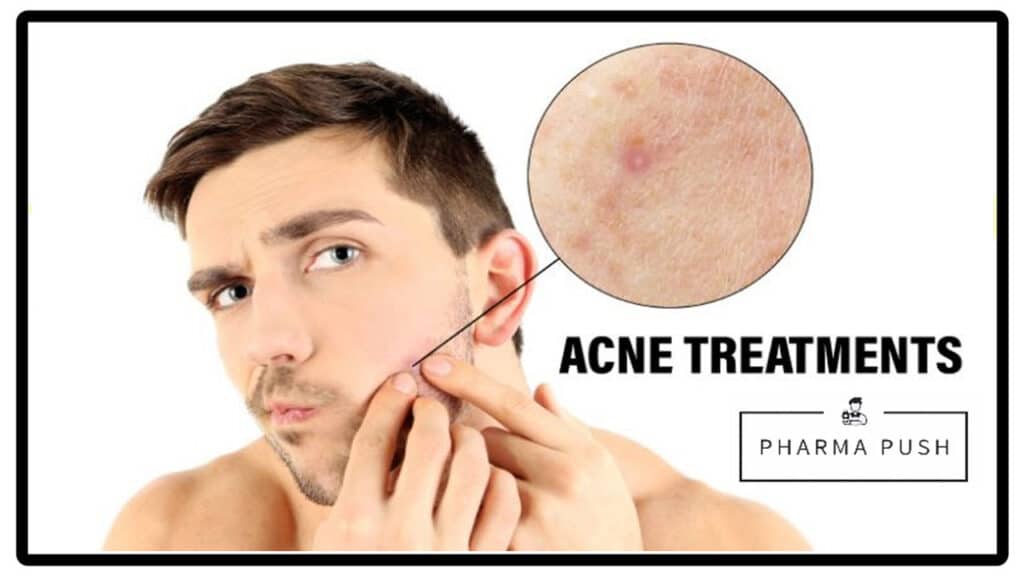What are Eye Flu?
Eye flu is not a medically recognized term. It seems like a combination of two conditions: “eye” referring to issues related to the eye, and “flu,” which typically stands for influenza, a viral respiratory infection. I believe you are referring to “conjunctivitis,” which is commonly known as “pink eye” or “eye flu.”
Conjunctivitis is an inflammation of the conjunctiva, which is the clear membrane that covers the white part of the eye and the inner surface of the eyelids. It is a highly contagious condition that can affect one or both eyes.
Let me provide some clarification on both:
- Eye issues: There are various eye conditions that can cause discomfort, redness, itching, or irritation, but “eye flu” is not a specific medical condition. Some common eye problems include conjunctivitis (pink eye), dry eyes, eye allergies, or viral/bacterial eye infections.
- Influenza: Influenza, commonly known as the flu, is a contagious viral infection that primarily affects the respiratory system. Symptoms of the flu include fever, cough, sore throat, body aches, fatigue, and sometimes eye redness or irritation due to the general inflammation that can occur with a viral infection.
If you are experiencing symptoms related to your eyes or have concerns about your health, it is essential to consult a medical professional or an eye specialist (ophthalmologist) for a proper evaluation and diagnosis. They can provide appropriate guidance and treatment based on your specific condition.
Conjunctivitis can be caused by various factors, including:
- Viral infection: Viral conjunctivitis is highly contagious and can be caused by viruses such as adenovirus and herpes simplex virus.
- Bacterial infection: Bacterial conjunctivitis is also contagious and is caused by various bacteria, such as Staphylococcus aureus and Streptococcus pneumoniae.
- Allergies: Allergic conjunctivitis occurs when the conjunctiva reacts to allergens, such as pollen, pet dander, or dust mites.
- Irritants: Irritant conjunctivitis can be triggered by exposure to chemicals, smoke, or other environmental irritants.
The symptoms of conjunctivitis may include redness in the white of the eye and inner eyelids, increased tearing, a discharge that may form crusts during sleep, itching, and burning or stinging sensation in the eyes.
You May Like: How to Treat Acne Problems
Treatment for conjunctivitis depends on the cause:
- Viral conjunctivitis: Typically, viral conjunctivitis will resolve on its own without specific treatment, but over-the-counter artificial tears or antihistamine eye drops can help alleviate symptoms.
- Bacterial conjunctivitis: Antibiotic eye drops or ointments prescribed by a healthcare professional are commonly used to treat bacterial conjunctivitis.
- Allergic conjunctivitis: Avoiding allergens and using antihistamine eye drops or oral antihistamines can help manage symptoms.
- Irritant conjunctivitis: Flushing the eye with clean water can help remove irritants. In more severe cases, medical attention may be necessary.
To prevent the spread of conjunctivitis, it’s essential to practice good hygiene, such as frequent handwashing and avoiding touching or rubbing the eyes. If you suspect you have conjunctivitis, consult a healthcare professional for proper diagnosis and treatment.
Medicine Use for Eye Flu
If you are experiencing symptoms like redness, itching, irritation, or discharge from your eyes, it’s essential to determine the underlying cause before considering medication. These symptoms could be indicative of various eye conditions, including conjunctivitis (pink eye), viral or bacterial eye infections, allergies, or other issues.
Here are some general guidelines regarding medications that may be used to treat certain eye conditions:
- Antibiotics: If the eye condition is caused by bacteria, such as bacterial conjunctivitis, your doctor may prescribe antibiotic eye drops or ointments to help clear the infection.
- Antiviral Medications: For viral eye infections, antiviral medications may be prescribed. However, for most viral infections, including viral conjunctivitis, treatment focuses on relieving symptoms rather than targeting the virus directly.
- Antihistamines: If your eye symptoms are due to allergies, your doctor may recommend antihistamine eye drops to help relieve itching, redness, and other allergy-related symptoms.
- Artificial Tears: For dry eyes or eye irritation caused by environmental factors, artificial tears or lubricating eye drops may help relieve discomfort by providing moisture and lubrication to the eyes.
- Steroid Eye Drops: In certain cases, such as severe inflammation, steroid eye drops may be prescribed to reduce swelling and inflammation in the eyes. However, these medications are typically used under close supervision due to potential side effects.
It’s crucial to consult a healthcare professional, preferably an eye doctor (ophthalmologist), to determine the underlying cause of your eye symptoms and receive appropriate treatment recommendations. Using over-the-counter eye drops without a proper diagnosis can sometimes worsen the condition or mask underlying issues.
Remember to follow your doctor’s instructions carefully regarding medication use, dosage, and treatment duration. If you experience severe or worsening symptoms, contact your healthcare provider immediately for further evaluation and guidance.


